Rather than utilizing Bluetooth and Wi-Fi for communicating between iPhone, Apple is looking at Li-Fi — transmitting data using light.
Apple has used infra-red (IR) transmitter/receivers in Macs, in theory for any short-range swapping of data. In practice, it tended to be used for remote controls such as the Siri Remote, because IR is slow and devices had to be pointed at each other reasonable accurately.
More recently, however, a similar idea using light, officially became an industry standard. Called Li-Fi, it uses light waves instead of radio frequencies, to transmit data.
Now Apple has been granted a patent called "Optical structures in directional free-space optical communication systems for portable electronic devices," and it's Li-Fi. Apple does not use that term once in its patent, but right from the start this is the technology that it proposes can address problems with "conventional free-space optical communication systems."
Specifically, such a system is " exceptionally dependent on precise alignment of the communicating devices." So they "cannot be incorporated into portable electronic devices that may be moved or repositioned from time to time."
Yet being able to transfer data between two devices using an optical system means not using Wi-Fi, not using Bluetooth, and not using anything that could be intercepted. As long as the devices can be in close proximity and pointing at each other, the transfer is much more secure than over regular Wi-Fi or Bluetooth.
As well as security, however, and as well as countering the issue of devices having to point directly at one another, Apple wants speed. IR is inadequate, but Li-Fi offers "increased data transfer rates (e.g., tens of gigabits per second to terabits per second), increased data transfer privacy, and increased data transfer security relative to conventional device-to-device data communication protocols, such as Wi-Fi, Near Field Communications, or Bluetooth."
The presumption must be that this technology is intended for the iPhone, although Apple only uses the word "phone" twice in the whole patent. In typical patent-speak, it attempts to cover as broad a range of devices as possible.
Although in this case, that range is a lot broader than usual. As well as phones, tablets, laptops and desktops, Apple says the proposal could be applied to aerial, marine, submarine, or terrestrial vehicle control devices or networking devices." There's also the possibility of "clothing-embedded devices; fashion accessory devices; home or industrial appliances; media appliances; and so on."
But it's most likely that if Apple does implement this patent's technology proposals, it will do so as a more secure option for AirDrop. Which might counter China's recent claim that it is able to determine sender information from the current AirDrop system.
This newly-granted patent is solely credited to Omid Momtahan, whose previous work for Apple also covers sharing data by pointing iPhones at each other.
 William Gallagher
William Gallagher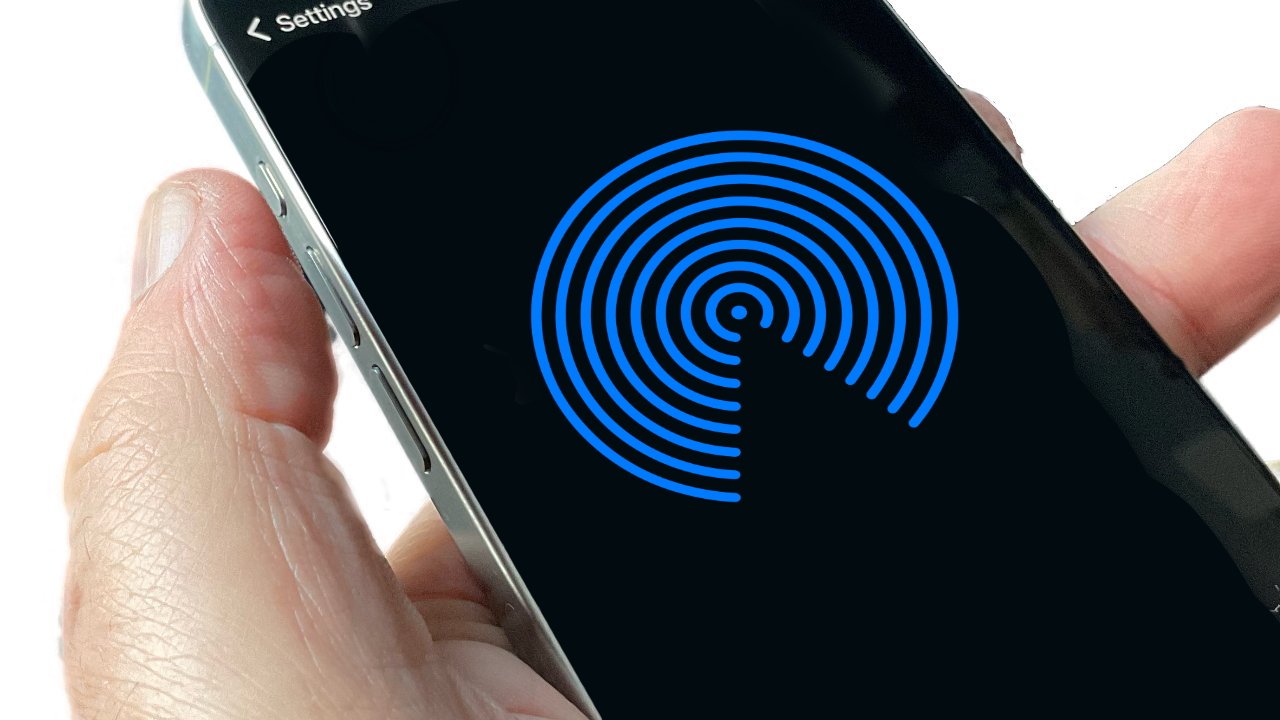
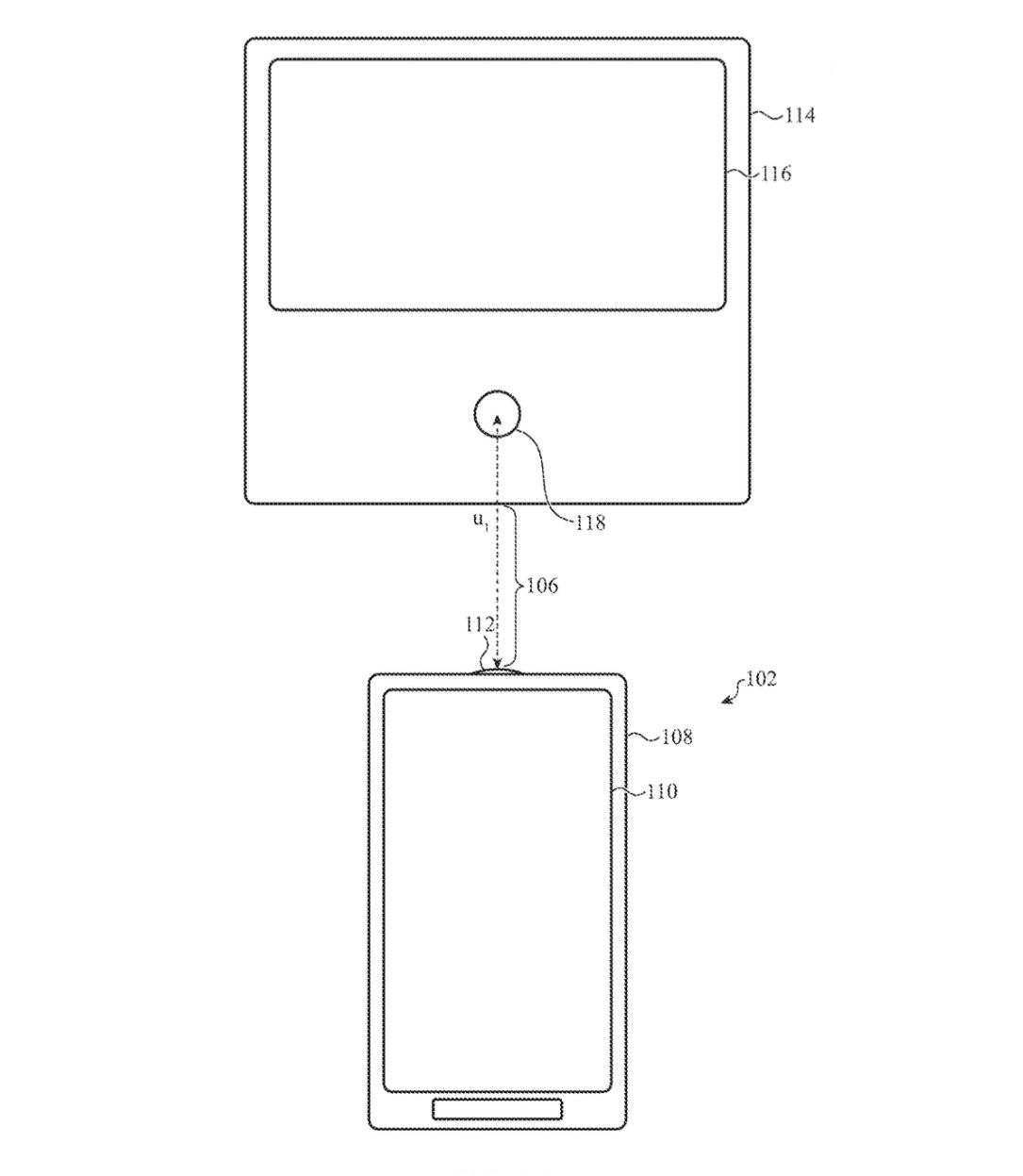



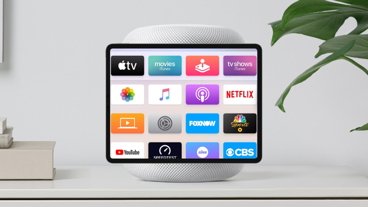


-m.jpg)






 Charles Martin
Charles Martin
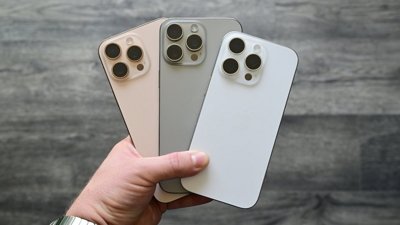
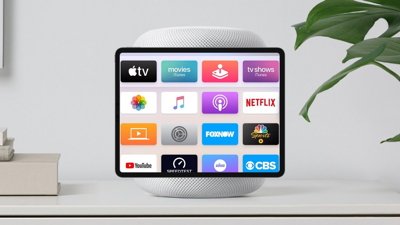
 Wesley Hilliard
Wesley Hilliard
 Stephen Silver
Stephen Silver


 Marko Zivkovic
Marko Zivkovic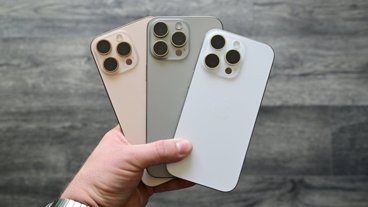







4 Comments
How easy is it to hack Li-Fi since it seems the Chinese Goverment just hacked Airdrop. https://9to5mac.com/2024/01/09/airdrop-cracked-by-china/
Using classical light doesn’t guarantee you can’t be eavesdropped. Only QKD does that.
Infrared remote control has been invented about 50 years ago. What takes it so long to implement any enhancement?